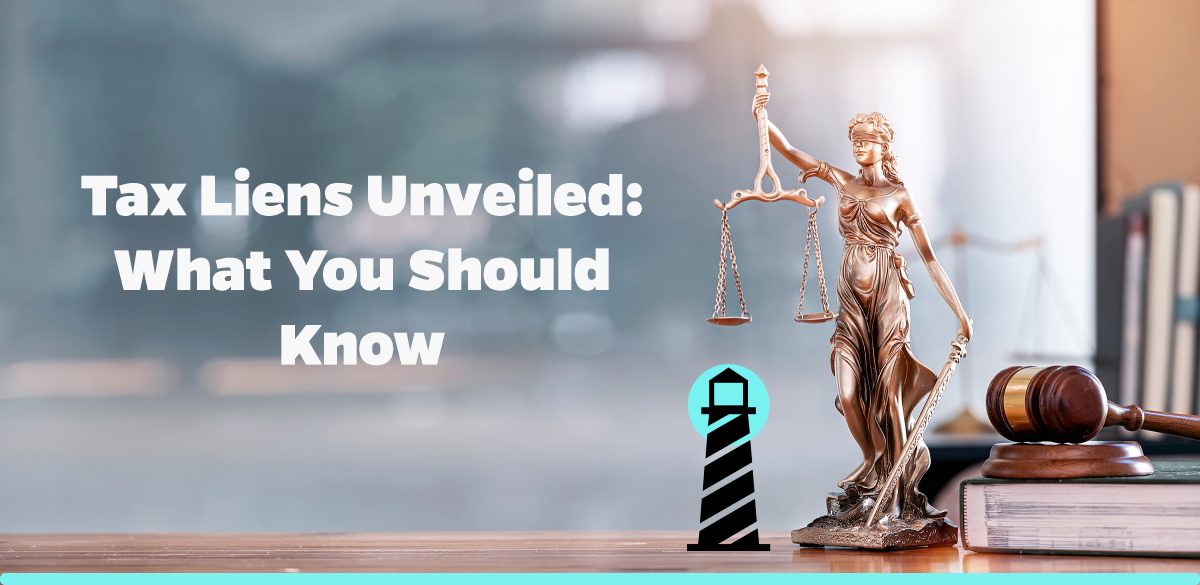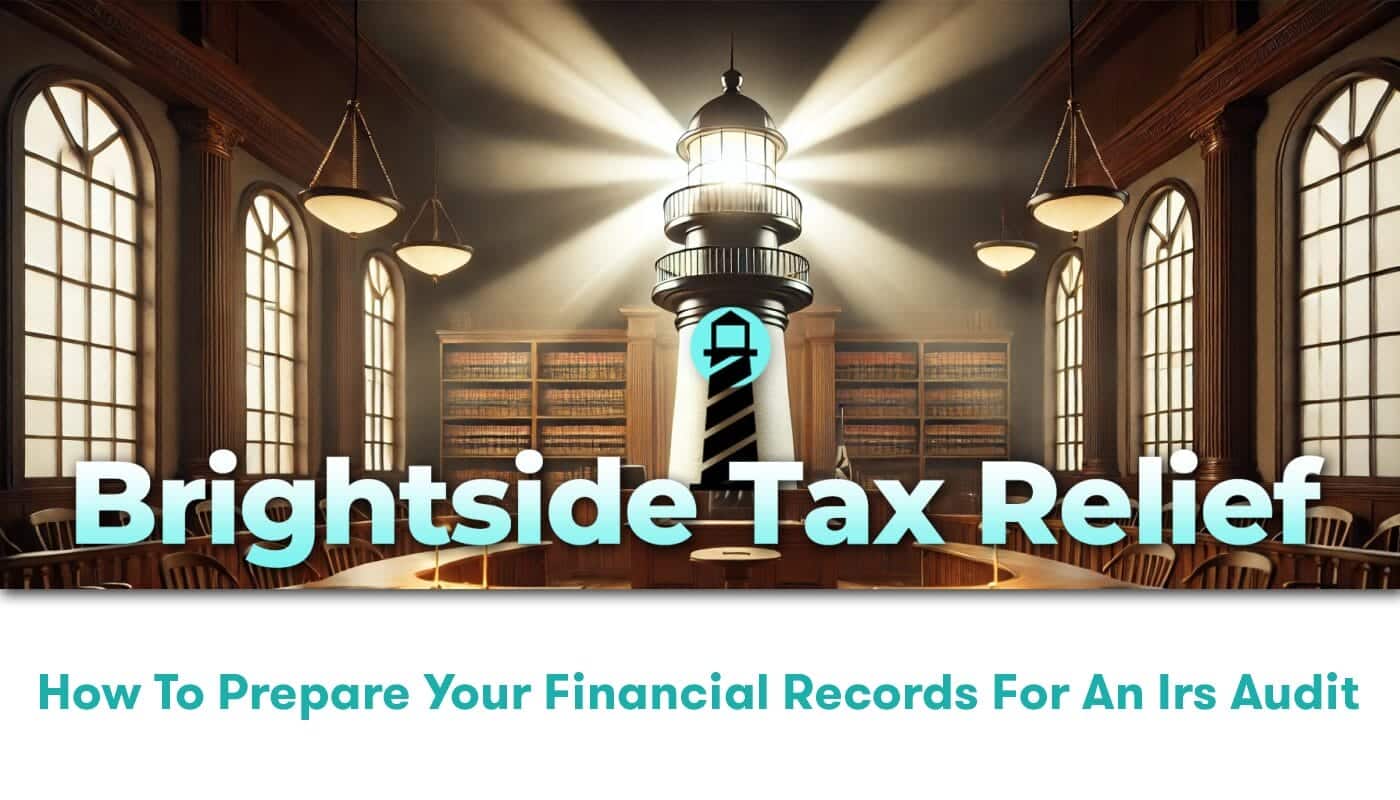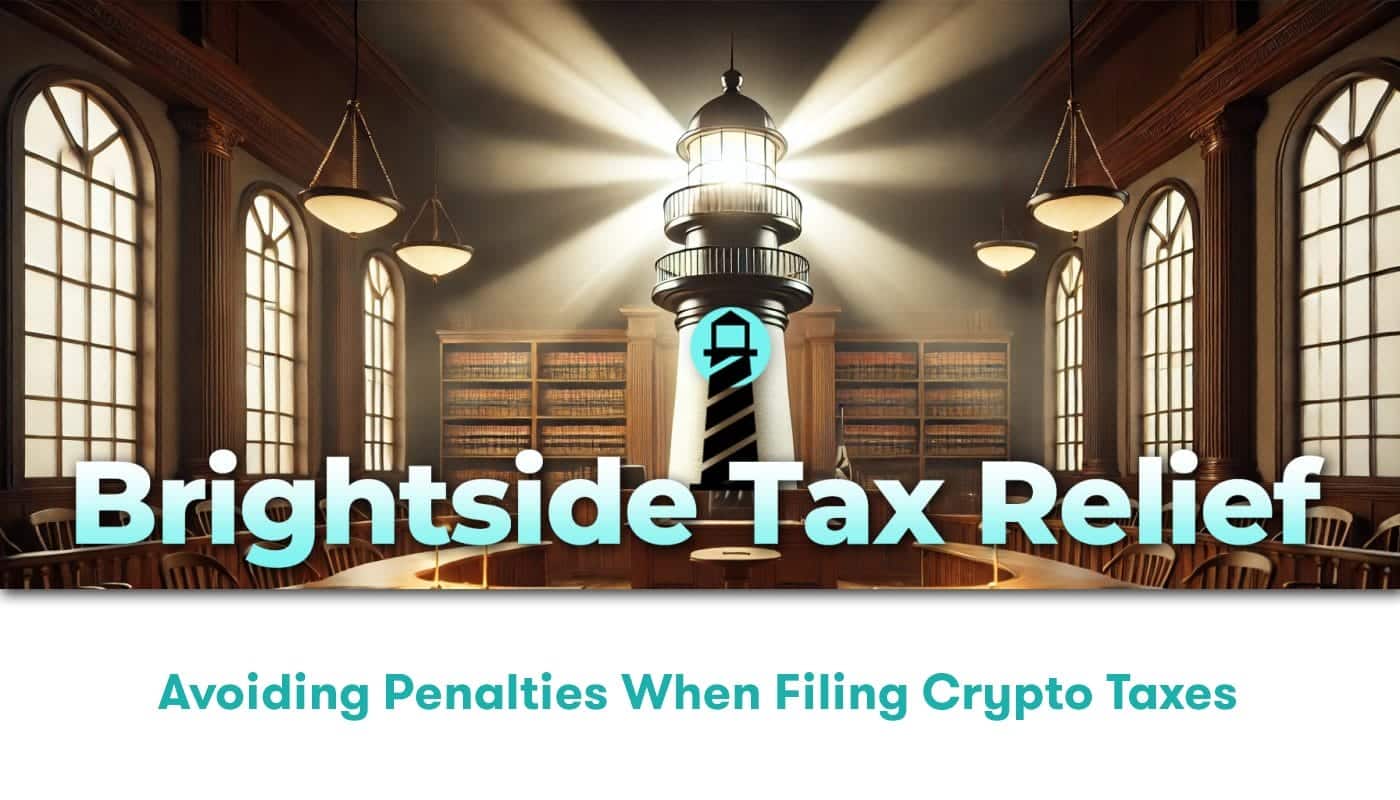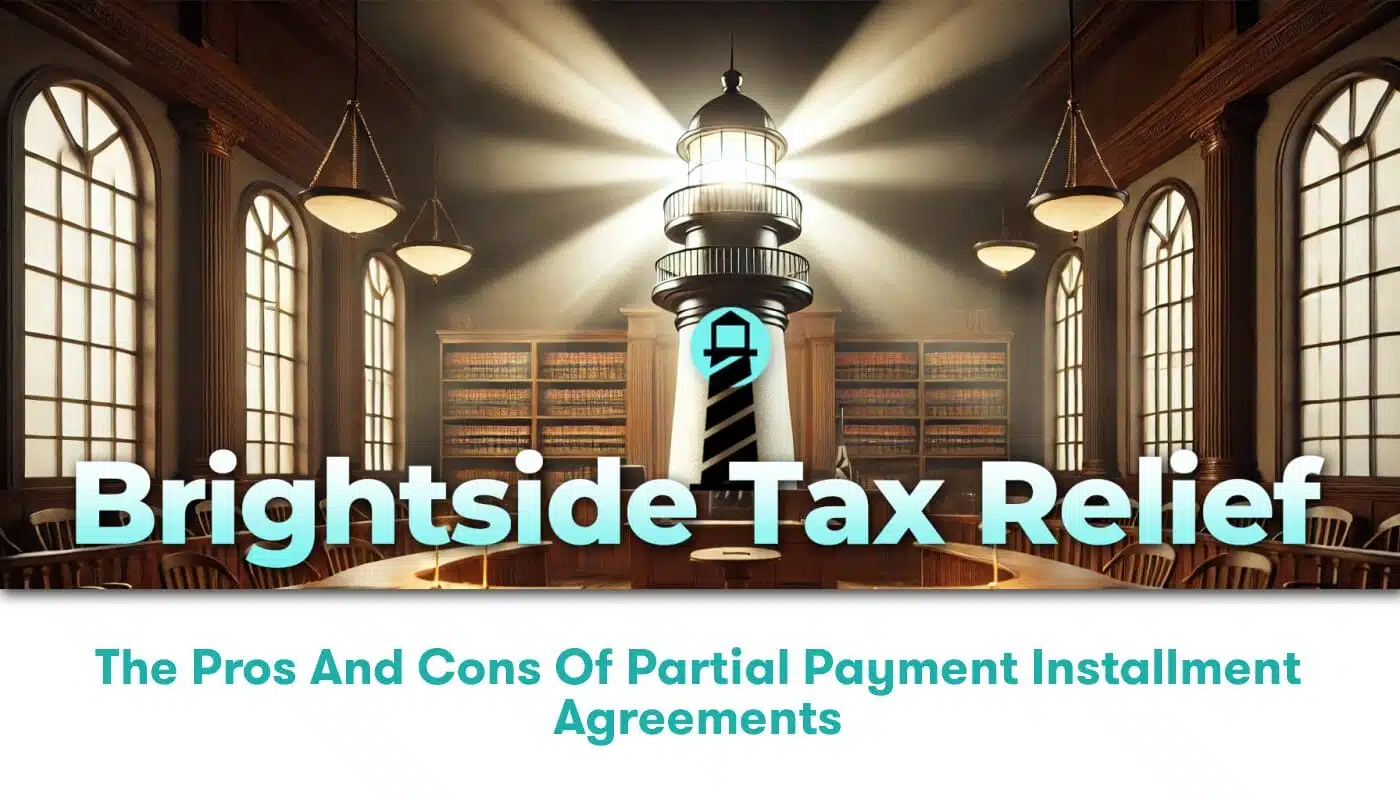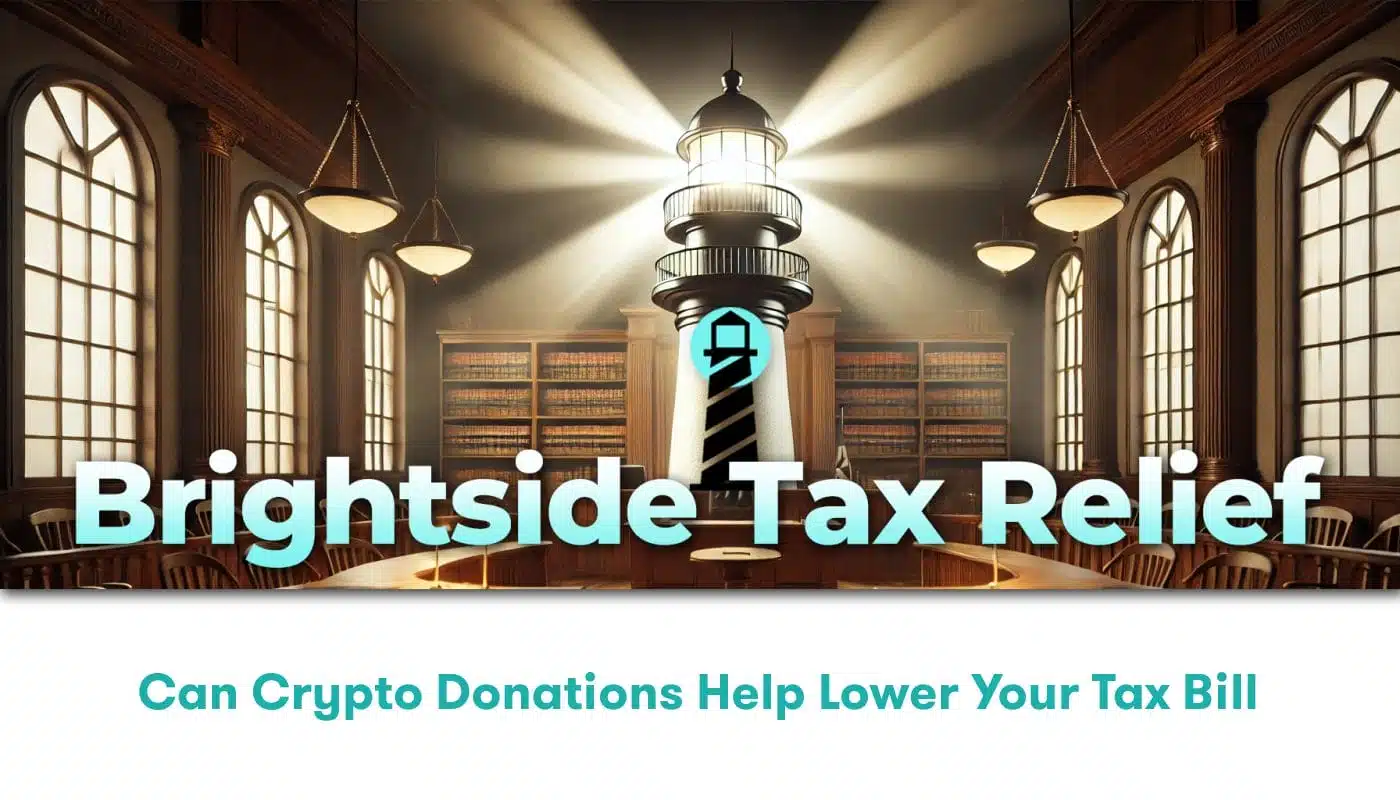Unveiling the Concept of Tax Liens
Tax liens are a critical enforcement tool utilized by both the federal and state tax authorities in the United States to collect outstanding taxes. For those unfamiliar with tax liens, this term can be confusing and intimidating. However, at Brightside Tax Relief, we are committed to guiding you through the complexity of tax liens, explaining why they become relevant and how they play out in real-world scenarios.
In its simplest definition, a tax lien is a legal claim made by a governmental authority against a person or entity’s assets due to unpaid taxes. Now, this may seem straightforward, but the practice and implications of tax liens are far more intricate.
The Role of Tax Liens
When a person or entity fails to pay their tax liabilities, the Internal Revenue Service (IRS) or state tax authority can file a public notice, declaring a tax lien against their assets. It’s a compelling tool because it generally takes precedence over other creditors, ensuring the government is in the front line to receive payment.
Tax liens can be applied to almost any type of property – personal or business, real estate, financial assets, and personal property. Therefore, understanding tax liens’ intricacies is crucial, particularly because they can severely affect one’s credit score and the ability to transact with the property.
Initiation of a Tax Lien
Bearing in mind the tool’s impact that a tax lien is, how and when it is initiated is of paramount importance. To delve into the mechanics, three conditions must be met before the IRS initiates a tax lien:
- The taxpayer has a dues owed.
- The IRS assesses the liability.
- The taxpayer neglects or refuses to pay the debt within ten days of receiving a notice and demand for payment.
Once these conditions are satisfied, the IRS may file a public document, the Notice of Federal Tax Lien, to alert creditors of the government’s claim against the property.
It’s worth noting that a tax lien shouldn’t be confused with a tax levy. A lien is a claim used as security for the tax debt, while a levy actually takes the property to pay off the tax debt. They are two different aspects of the IRS collection process.
Resolving a Tax Lien
Understanding how to resolve a tax lien is fundamental to safeguarding one’s financial health. The most obvious solution is paying the tax debt in full. Still, this isn’t always possible, particularly for those dealing with large amounts of debt. Fortunately, there are other viable alternatives available:
- Offer in Compromise: In certain situations, the taxpayer may negotiate with the IRS to settle for a lesser amount than what’s owed.
- Installment Agreement: Taxpayers can arrange to pay off their debt in manageable, monthly installments.
- Lien Discharge, Subordination, or Withdrawal: Here, tax law provisions may remove the lien or alter its priority status compared to other creditors.
However, each route has its own intricacies, rules, and pitfalls, and it’s advisable to seek professional guidance if you find yourself in this situation.
Impact of Tax Liens
A tax lien can have far-reaching repercussions beyond the immediate distress it causes. For instance, it can critically damage one’s credit score because credit bureaus are notified of unpaid taxes. This can make getting financing more difficult and expensive.
Moreover, a tax lien includes all the taxpayer’s property, including property acquired after the lien date. It can also affect business property and rights to business property, making business operations a challenge.
This background should give you a clearer understanding of tax liens in theory and practice. It is essential knowledge since tax liens can significantly affect personal and business finances and operations.
Navigating Tax Liens with Brightside Tax Relief
Brightside Tax Relief is a professional service committed to helping individuals navigate the world of taxes efficiently. As a part of our services, we assist individuals and businesses in resolving tax liens swiftly and professionally. We actively work with our diverse range of clients to understand their unique situations and tailor an effective strategy accordingly.
Whether you anticipate a tax lien issue or are currently facing one, our team of experts can guide you through the process and ensure you understand your rights and responsibilities. We are here every step of the way to provide the guidance necessary to effectively manage your tax obligations.
To learn more about tax liens, visit the IRS’s official page on Understanding a Federal Tax Lien. The resource provides a wealth of important and relevant information regarding the initiation, resolution, and impact of tax liens.
The Final Word
Tax liens can be intimidating, and for a good reason: they can safeguard your rights and maintain your financial health. Remember, the best way to avoid tax liens is to be proactive about your tax obligations, be they personal or business-related. If you find yourself threatened with a tax lien or already dealing with one, don’t hesitate to reach out to professionals like Brightside Tax Relief for guidance.

